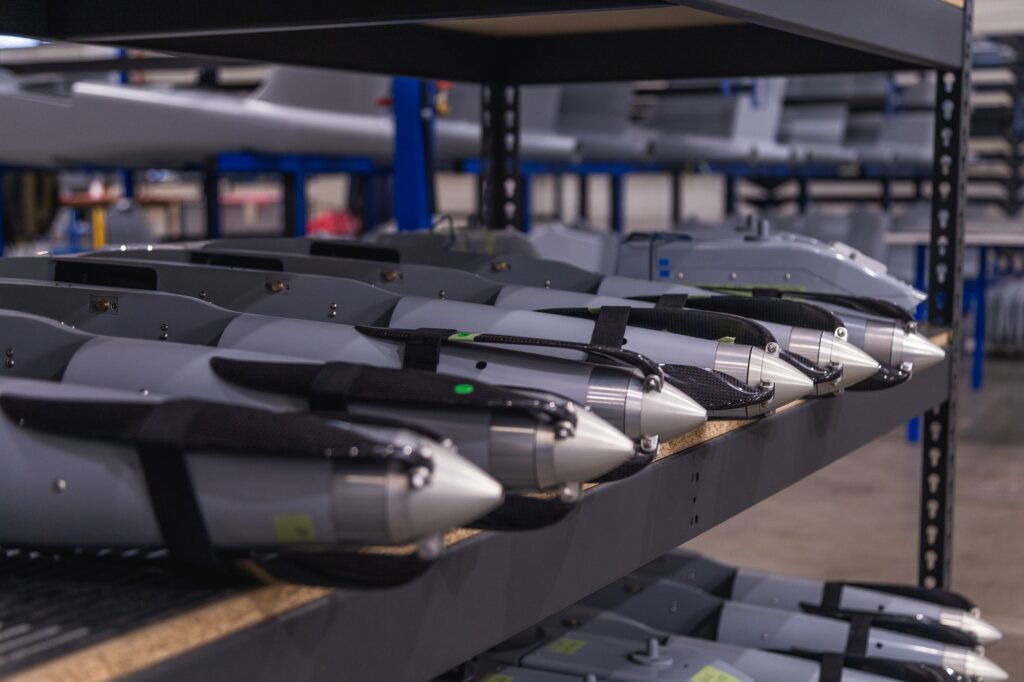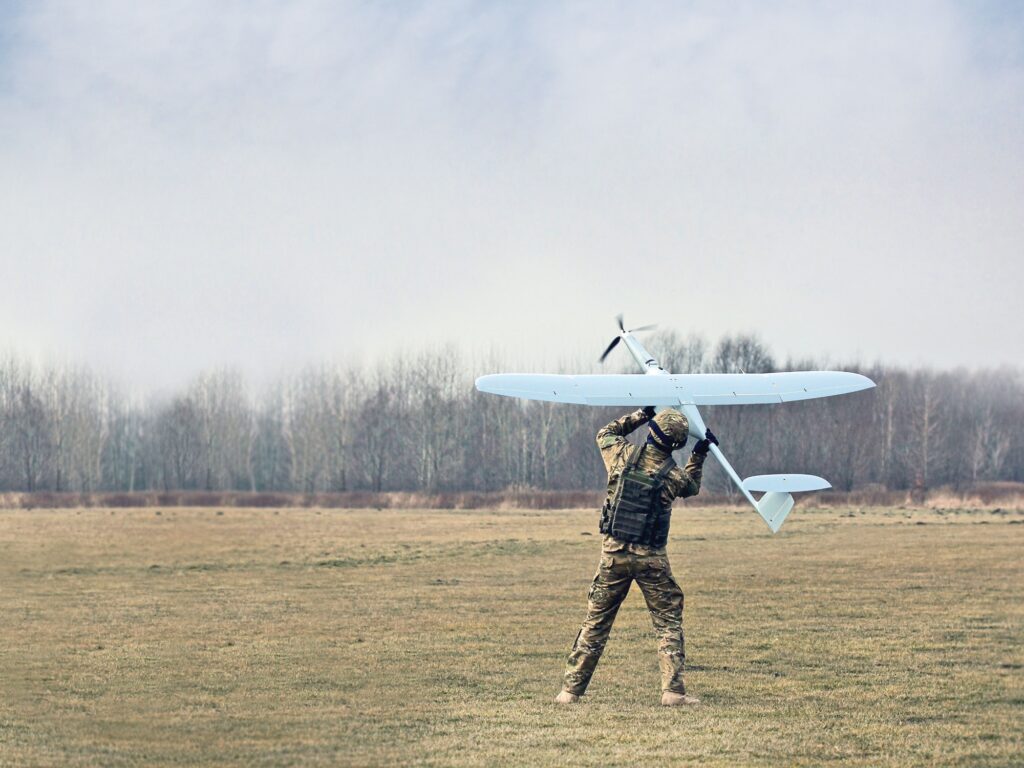
The thousandth FlyEye unmanned aerial vehicle was produced at the WB GROUP facility. The world’s most advanced system in its class is designed and manufactured in Poland. FlyEye has been combat-tested in the most difficult conditions – high-intensity conflict. WB GROUP is a world leader in the development and production of unmanned systems.
In mid-March, the thousandth FlyEye 3.6 unmanned aerial vehicle (UAV) left the production line. The huge number of systems delivered in a short time confirms the rapid expansion of the WB GROUP’s manufacturing capability. It also builds trust in the manufacturer as an entity capable of completing even very large orders for unmanned systems on time.
FlyEye was developed by engineers from the Flytronic company, part of the WB GROUP. It is the world’s most advanced unmanned reconnaissance system in its class. FlyEye can operate in the most difficult conditions day and night, even with complete disruption of communications or global navigation satellite systems.
FlyEye was designed by Polish engineers and is manufactured in Poland. The system has proven its characteristics and has been combat-proven during a high-intensity conflict. FlyEye has the highest survival rate and successfully completed missions of all unmanned aerial vehicles used in operations since 2015.
FlyEye can be produced and exported in any quantity, as well as improved and modified without restrictions. FlyEye unmanned systems are used by the Poland’s Armed Forces and the Border Guard as well as the armed forces and services of other countries.
FlyEye is an electrically powered, small and difficult to notice motor glider with high flight endurance. It can be used to observe the battlefield, direct artillery, retransmit, patrol borders or monitor critical infrastructure.
The platform is powered by a quiet electric motor, but most of the time it glides. This reduces its acoustic signature. The foldable propellers make it characterized by a low level of radar reflection.
FlyEye is distinguished by an almost vertical hand-held launch. The UAV does not require any additional take-off or landing support devices. It is characterized by a very low logistic burden. The entire system can be transported in just two backpacks. It can land in any suitable area, even in a limited space.
FlyEye carries a task module, the most popular version equipped with an optoelectronic payload. The use of a daytime and thermal imaging camera enables the detection and identification of the target and the transmission of precise location data to the operator’s station or the TOPAZ system.
The system can be equipped with a transponder or the EYEQ Air artificial intelligence module, enabling on-board image analysis. This allows you to perform missions in a contested environment affected by electronic warfare. FlyEye can be used as an airborne retranslator with the PERAD radio, which creates the SILENT NETWORK communication system.











